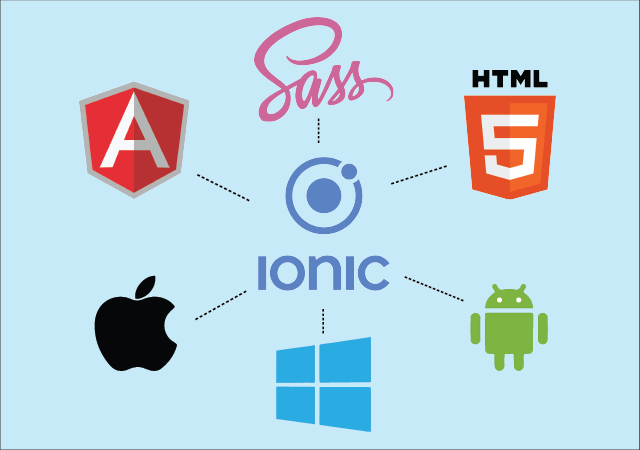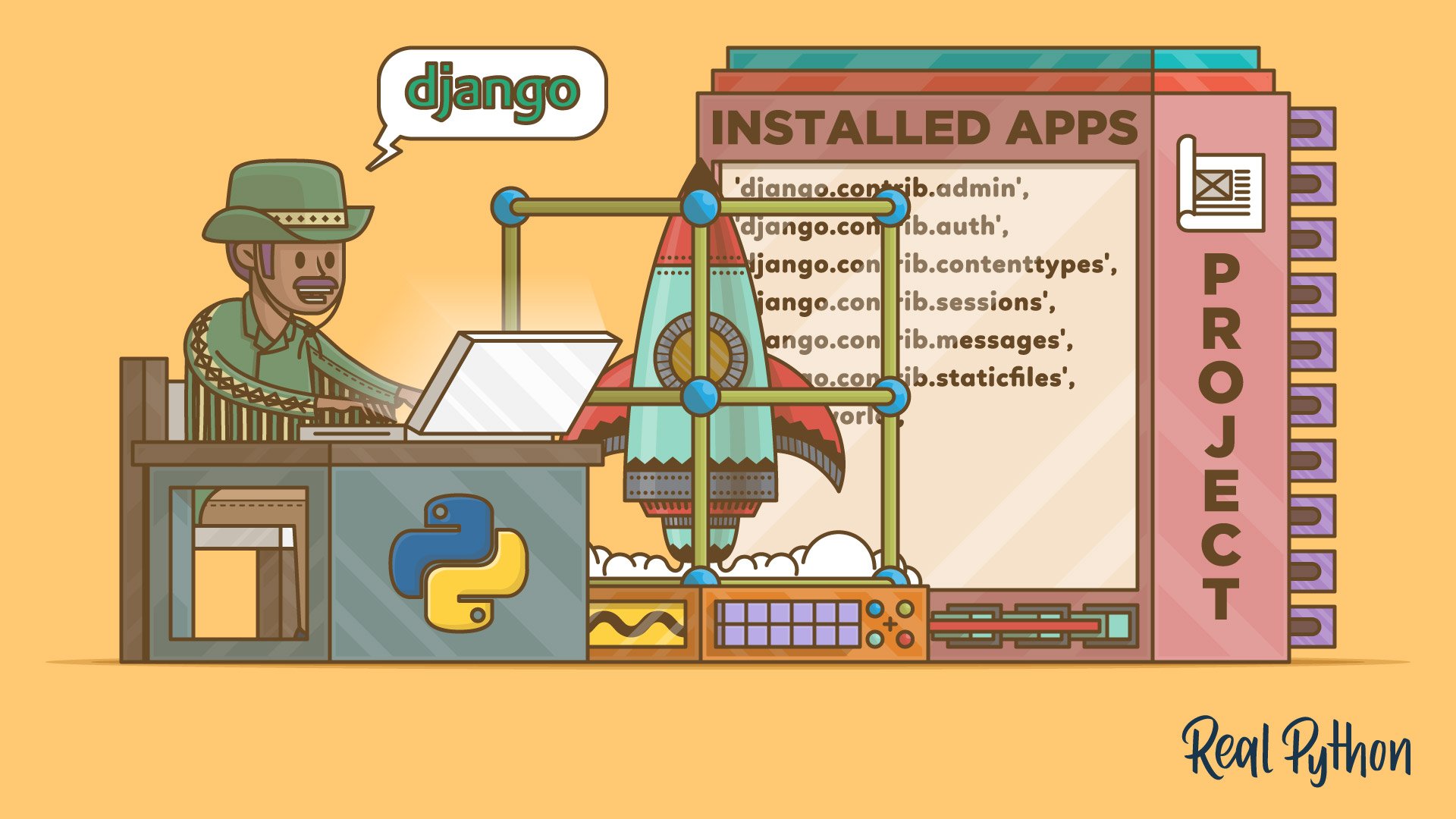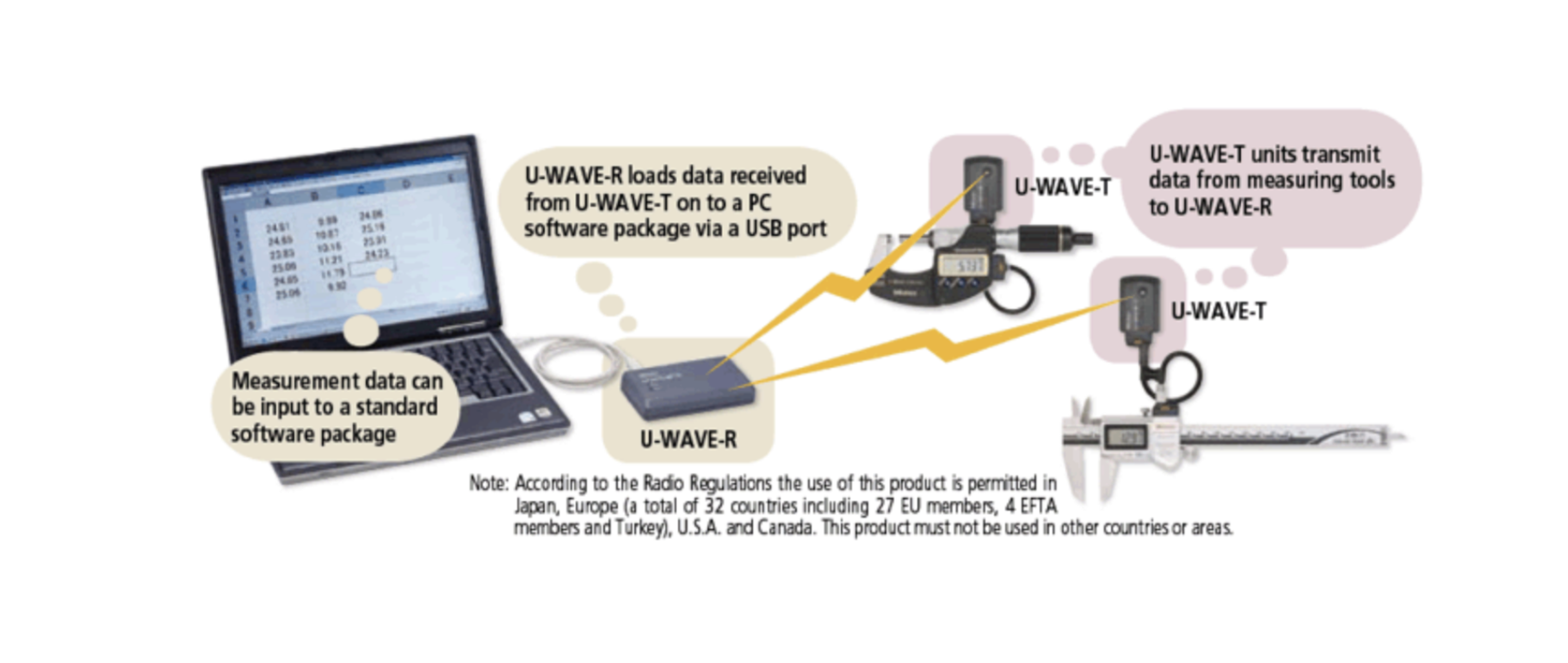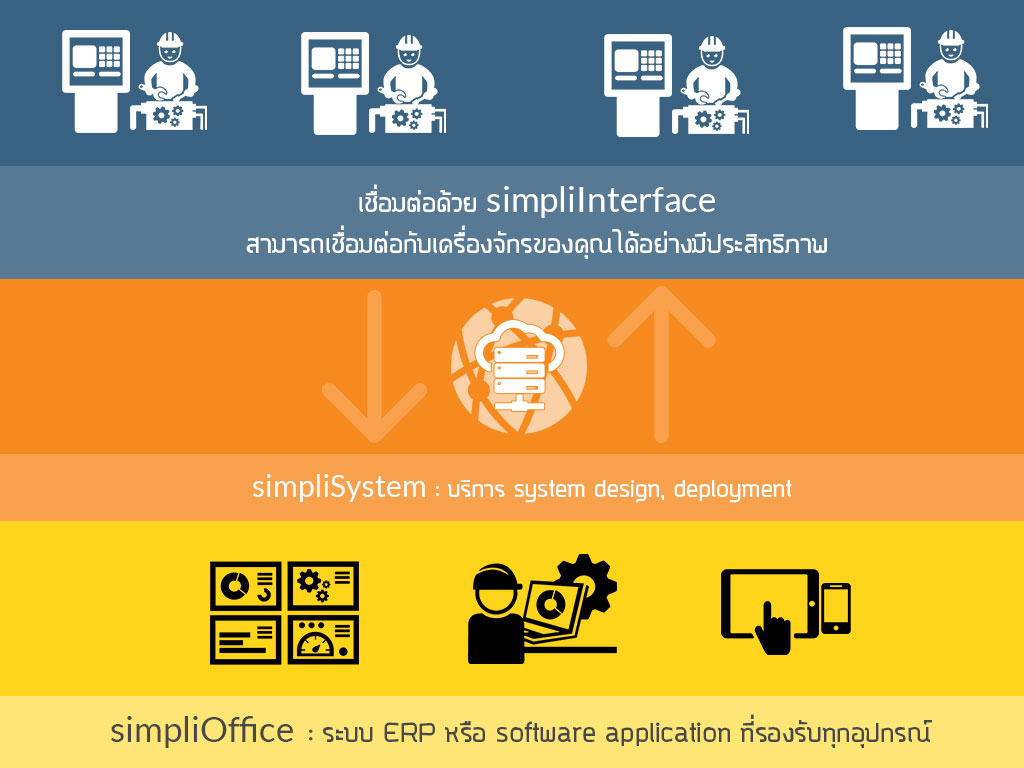Rasa vs LangChain vs Rasa + LangChain: Which One is Right for Your Business Chatbot?
In the rapidly evolving world of conversational AI, two powerful open-source tools—Rasa and LangChain—stand out for their flexibility and customizability. But what happens when you combine them?
If you're a business looking to automate support, enable document-based Q\&A, or build an intelligent Japanese-language assistant, understanding the strengths and limitations of each tool (individually and together) is critical.
In this post, we'll break down:
- What Rasa and LangChain do best
- How they compare
- Why combining them unlocks next-gen chatbot capabilities
🧠 What is Rasa?
Rasa is an open-source framework for building conversational assistants. It’s ideal for:
- Intent recognition
- Entity extraction
- Dialogue management
- Structured conversation flows
✅ Best for:
- Rule-based or ML-powered chatbots
- Multi-turn forms and user flows
- Channel integrations (LINE, Messenger, Slack)
- Japanese-language support via spaCy or GiNZA
🧠 What is LangChain?
LangChain is a framework to build applications with Large Language Models (LLMs) like GPT, Claude, or Cohere. It’s perfect for:
- Document-based question answering
- Information retrieval from PDFs, web, Notion, etc.
- Dynamic, generative responses
- Chaining tools and logic together
✅ Best for:
- Knowledge assistants
- Long-form search and summarization
- RAG (retrieval-augmented generation) workflows
- Japanese Q\&A from raw documents
⚖️ Rasa vs LangChain: Head-to-Head Comparison
| Feature / Use Case | Rasa Only 🟦 | LangChain Only 🟨 | Rasa + LangChain 🟩 |
|---|---|---|---|
| NLU (Intent / Entity) | ✅ Yes | ❌ No | ✅ Rasa handles |
| Dialog Flows | ✅ Excellent | ❌ Manual chaining needed | ✅ Rasa handles |
| Document-Based Q\&A | ❌ Not supported | ✅ Yes | ✅ LangChain-powered |
| Static FAQ | ✅ Via utterances | ⚠️ Needs prompt design | ✅ Combined — flexible |
| Multilingual Support (e.g., Japanese) | ✅ Strong w/ spaCy | ✅ Embedding support | ✅ Best combination |
| Retrieval-Augmented Generation (RAG) | ❌ No | ✅ Native feature | ✅ Best solution |
| Use in E-commerce, Support, HR | ✅ Structured cases | ✅ Smart Q\&A | ✅ Full-stack experience |
🧪 Real Example: Japanese Support Bot
🗣 User: 「返品ポリシーを教えてください」
Using Rasa only:
Predefined message like:
「返品は7日以内に可能です。」
Using LangChain only:
Fetches real paragraph from a PDF policy manual and summarizes.
Using Rasa + LangChain:
- Detects intent =
ask_return_policy - Sends query to LangChain
- Pulls content from official company documents
- Responds with grounded summary + link to full policy
- Supports follow-up like: 「じゃあ送料は?」
🔧 When Should You Use Each?
| You should use... | If you need... |
|---|---|
| Rasa Only | Structured flows, form filling, intent-based bots |
| LangChain Only | Intelligent document-based Q\&A, agent-style LLM logic |
| Rasa + LangChain | The best of both: smart assistants that scale with structure + intelligence |
💡 Architecture Overview
graph TD
U["User"]
U --> RASA["Rasa"]
RASA -->|Intent: ask_doc| LANGCHAIN["LangChain (RAG)"]
LANGCHAIN --> DOCS["Docs (PDF/CSV)"]
LANGCHAIN --> RASA
RASA --> U🚀 Final Thoughts
If you're building a chatbot in Japan—or anywhere—that needs both structured flows and deep document understanding, Rasa + LangChain is a game-changing combination.
You get:
- Smart, LLM-powered answers from your real business documents
- Full control over conversation flow
- Scalable, multilingual support
- Integration with popular channels like LINE, Slack, and WhatsApp
👉 Want to try it yourself?
Stay tuned — we’ll publish a hands-on tutorial soon:
"Building a Rasa + LangChain Japanese Support Bot in 30 Minutes"
Have questions or want a free chatbot audit for your business?
📩 Contact us
Get in Touch with us
Related Posts
- Vertical AI Use Cases Every Local Government Actually Needs
- 多部门政府数字服务交付的设计(中国版)
- Designing Digital Service Delivery for Multi-Department Governments
- 数字政务服务在上线后失败的七个主要原因
- The Top 7 Reasons Digital Government Services Fail After Launch
- 面向市级与区级政府的数字化系统参考架构
- Reference Architecture for Provincial / Municipal Digital Systems
- 实用型 GovTech 架构:ERP、GIS、政务服务平台与数据中台
- A Practical GovTech Architecture: ERP, GIS, Citizen Portal, and Data Platform
- 为什么应急响应系统必须采用 Offline First 设计(来自 ATAK 的启示)
- Why Emergency Systems Must Work Offline First (Lessons from ATAK)
- 为什么地方政府的软件项目会失败 —— 如何在编写代码之前避免失败
- Why Government Software Projects Fail — And How to Prevent It Before Writing Code
- AI 热潮之后:接下来会发生什么(以及这对中国企业意味着什么)
- After the AI Hype: What Always Comes Next (And Why It Matters for Business)
- 为什么没有系统集成,回收行业的 AI 项目往往会失败
- Why AI in Recycling Fails Without System Integration
- ISA-95 vs RAMI 4.0:中国制造业应该如何选择(以及为什么两者缺一不可)
- ISA-95 vs RAMI 4.0: Which One Should You Use (And Why Both Matter)
- 为什么低代码正在退潮(以及它正在被什么取代)














